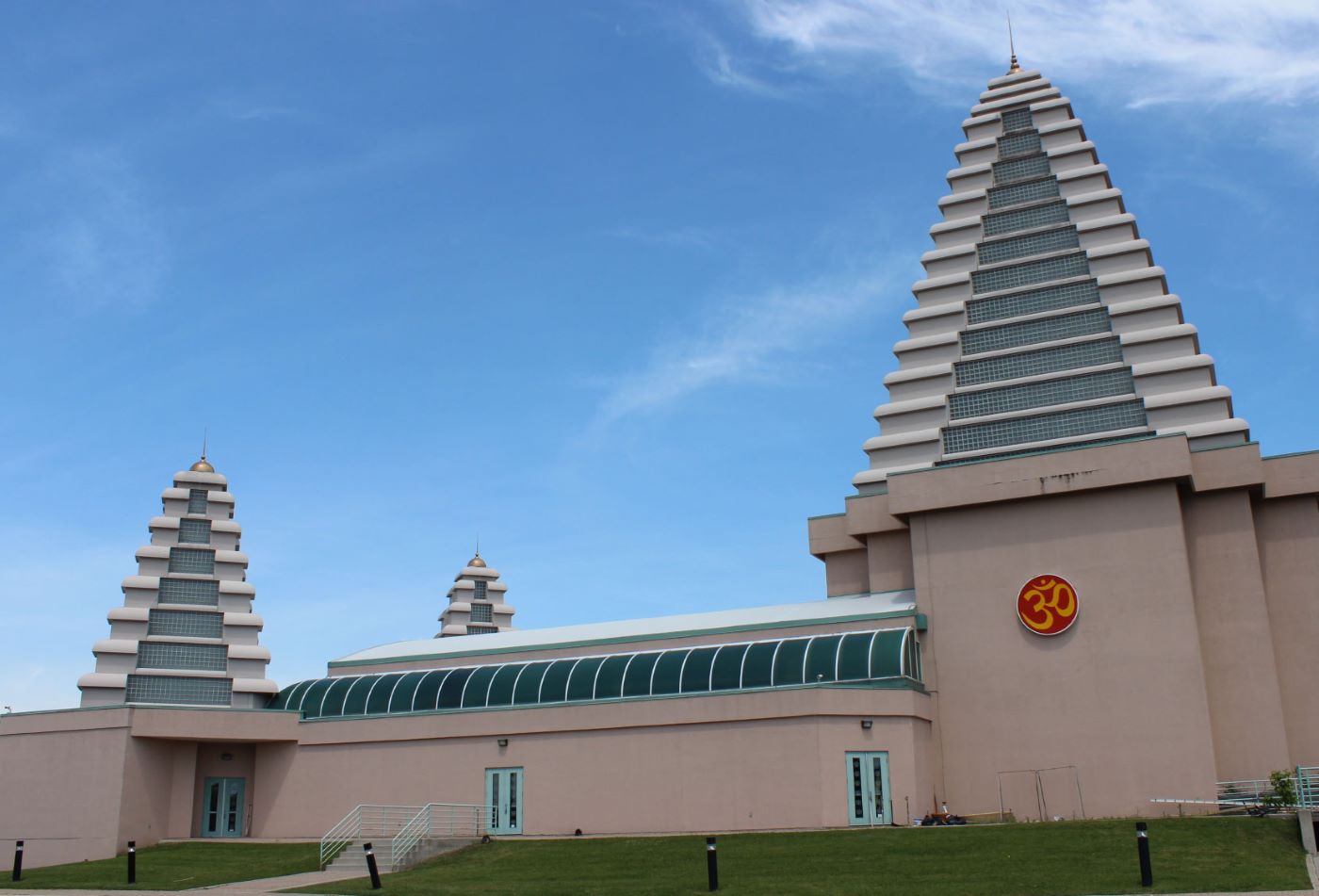
Tips for concertgoers on staying safe when attending Taylor Swift’s Eras tour
Taylor Swift’s Eras Tour is reportedly the highest-grossing music tour of all time, exceeding US$1 billion in ticket sales. Swift is performing six shows in Toronto starting on Nov. 14 where approximately 240,000 concertgoers are expected to attend, and has three dates scheduled in Vancouver in December.
When an event draws a substantial temporary population influx, public safety is a concern. Toronto’s mayor has expressed confidence that the shows will be safe, and that comprehensive security measures will be in place.
These preparations, including designating a limited-activity zone around the Rogers Centre, are underway.
Dedicated fans, known as Swifties, arriving in Toronto for the Eras Tour should not be alarmed, as Toronto is generally a safe city. However, any concertgoer should be aware that an event of this magnitude is a soft target for terrorist attack.
Given the foiled attack in Vienna, where three Swift concerts were cancelled, exercising caution and being mindful about one’s own safety while attending the Eras Tour is highly recommended.
Soft target attacks
The first step in safety is awareness of potential threats, with soft target attacks being a danger attention should be directed to. A 2018 incident in Toronto where a vehicle rammed pedestrians on Yonge Street is a reminder that the city is not immune to such attacks.
Soft targets are public spaces or other locations that are easily accessible and predominantly civilian in nature, often with limited security measures in place. Examples of soft target locations include places like sports stadiums, concert halls, theatres, tourist attractions and civic spaces. Mass gatherings at these locations can be attractive targets for terrorists.
A tough challenge for providing overall security at mass gatherings is that even if the event venue itself is totally secured, there are edges to the event that are vulnerable. Public transit stops, adjacent streets funnelling crowds in and out of the venue, and even the crowds at pinch points of security lines are all soft targets.
Threats at Vienna concerts
Terrorist threats made to Taylor Swift’s Eras tour have not been abstract or imaginary. There have been real, concrete, actionable threats that protective actions had been taken on.
Taylor Swift’s Eras Tour is reportedly the highest-grossing music tour of all time, exceeding US$1 billion in ticket sales. Swift is performing six shows in Toronto starting on Nov. 14 where approximately 240,000 concertgoers are expected to attend, and has three dates scheduled in Vancouver in December.
When an event draws a substantial temporary population influx, public safety is a concern. Toronto’s mayor has expressed confidence that the shows will be safe, and that comprehensive security measures will be in place.
These preparations, including designating a limited-activity zone around the Rogers Centre, are underway.
Dedicated fans, known as Swifties, arriving in Toronto for the Eras Tour should not be alarmed, as Toronto is generally a safe city. However, any concertgoer should be aware that an event of this magnitude is a soft target for terrorist attack.
Given the foiled attack in Vienna, where three Swift concerts were cancelled, exercising caution and being mindful about one’s own safety while attending the Eras Tour is highly recommended.
Soft target attacks
The first step in safety is awareness of potential threats, with soft target attacks being a danger attention should be directed to. A 2018 incident in Toronto where a vehicle rammed pedestrians on Yonge Street is a reminder that the city is not immune to such attacks.
Soft targets are public spaces or other locations that are easily accessible and predominantly civilian in nature, often with limited security measures in place. Examples of soft target locations include places like sports stadiums, concert halls, theatres, tourist attractions and civic spaces. Mass gatherings at these locations can be attractive targets for terrorists.
A tough challenge for providing overall security at mass gatherings is that even if the event venue itself is totally secured, there are edges to the event that are vulnerable. Public transit stops, adjacent streets funnelling crowds in and out of the venue, and even the crowds at pinch points of security lines are all soft targets.
Threats at Vienna concerts
Terrorist threats made to Taylor Swift’s Eras tour have not been abstract or imaginary. There have been real, concrete, actionable threats that protective actions had been taken on.
In Vienna, an estimated 200,000 people were expected to attend three concerts of the Eras Tour at Ernst Happel Stadium. Austrian security officials and their intelligence community partners determined that an attack on the concerts was in the advanced stages of planning. On Aug. 7, the day before the first concert, organizers abruptly announced that the shows were cancelled due to the threats.
Three male teenagers who had reportedly been radicalized online and had pledged allegiance to the Islamic State were arrested in Austria. The main suspect had allegedly confessed his intentions to carry out an attack on concertgoers using explosives and knives.
Preparedness for Swifties
Advice for Swifties on what to bring to the concert starts with not forgetting your tickets and ID. Fan websites also encourage concertgoers to pack a phone and charger, wear comfortable shoes and Eras-specific outfits and bring friendship bracelets to swap with other Swifties.
In addition to preparing for fun, spend a little time considering concert safety tips which stress situational awareness.
Specific to Swift’s Toronto Eras Tour, these five preparedness tips can get anyone who plans to attend going in the right direction for safety.
First, be familiar with the venue and the surrounding streets before attending the concert. This can be done by looking at the Rogers Centre information guide web site. Also, be aware of any specific instructions or changes that may be announced by the concert organizers in the days prior to the show.
Second, set up a buddy system. Pair up so that everyone can keep an eye on one another. If attending alone, be especially aware of your surroundings.
Third, when entering the Rogers Centre, pay close attention to where you’re going, with special emphasis on remembering where the exits are located.
Fourth, have a communication plan for an emergency. That means even thinking about what would happen if your phone gets lost or does not work.
Fifth, establish a safe place to reunify if, for any reason, your group gets separated and can’t communicate. For example, the landmark Toronto sign in Nathan Phillips Square is a 22-minute walk from the Rogers Centre and is a safe place to regroup away from the concert venue.
Go with your instincts
Being safe at a concert means tempering one’s excitement with a dose of caution. One need not be overly worried, but awareness is key.
If you see something, say something. If something does not seem right to you, it probably is not right.
Among the most important concert safety steps — for women especially, who constitute the majority of Swifties — is to adopt a mindset that allows for your instincts to protect you. If you get the sense that something is wrong or does not add up, do not ignore it. Being overcautious is better than ignoring sensible warning signs.
By Jack L. Rozdilsky, associate professor of disaster and emergency management, York University
This article is republished from The Conversation Canada.





